- PlanHub
According to the Occupational Safety and Health Administration (OSHA), excavation and trenching are two of the most dangerous operations in construction. OSHA defines excavation as the process of creating a cavity, cut, depression, or trench in the earth’s surface via the removal of earth. A trench is any narrow underground excavation no wider than 15 feet, and deeper than it is wide.
Where the Risk Lies
The OSHA Trenching and Excavation Safety Fact Sheet explains that trench collapses and cave-ins are the greatest risks to the lives of those who work in construction. Other hazards of trenches include falls, incidents with equipment, falling loads, and hazardous atmospheres. When proper trenching techniques are employed, these risks are minimized and people’s lives are saved.
Best Practices
OSHA outlines several best practices and regulations regarding trenching operations. Any trench measuring 5 feet deep or greater must employ a protective system, and any trench measuring 20 feet deep or greater must have protective systems in place that are designed by a professional engineer or otherwise based on data prepared by or approved by a professional engineer. Failure to do so can lead to accidents and legal recourse from OSHA.
Trench Boxes for Trench Safety
One common safety measure put into place in trenches is the trench box. Also known as a trench shield or trench sheets, these structures are typically made from steel or aluminum and protect the people working in trenches by preventing potential cave-ins. OSHA allows for the use of trench boxes in place of shoring systems as long as the shields provide the same level, or even greater level, of protection. They must also be regularly inspected and maintained. Failure to do so will lead to legal recourse from OSHA.
Informing Your Employees
Knowing the best practices yourself is one thing, but it’s also important that these guidelines are communicated to your employees and coworkers. At PlanHub, we value your safety and that of your employees. That’s why we have created software that enables you to rapidly and effectively communicate with your team, no matter how large or small that team may be. To find out more about how PlanHub can help with your next contracting job, contact us today.

